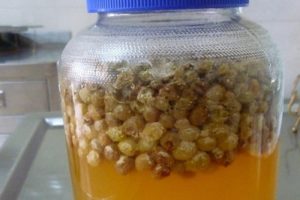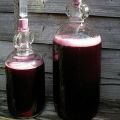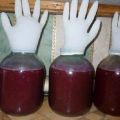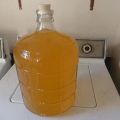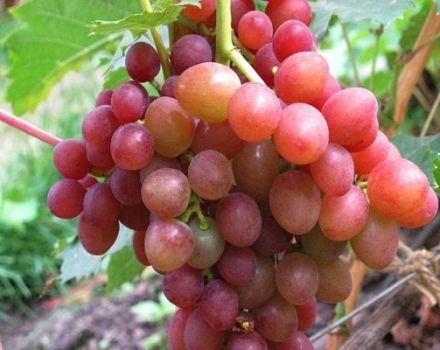Temperature for quiet fermentation of wine at home, do you need a water seal
Silent fermentation of homemade wine is the final stage of preparation. During this period, it is important to monitor the drink and not let the procedure take its course, since in this case there is a high probability of spoilage of the drink. The quiet fermentation process lasts up to 1 month and is calm. At the end, the winemaker notices the formation of a thin brown sediment and the cessation of gas bubbles. The drink itself becomes transparent and reveals the bouquet.
Process features
Quiet fermentation takes place at lower temperatures than vigorous fermentation. This indicator should be maintained at the level of +12 ° С, while sharp fluctuations and drops are unacceptable, which is difficult to provide in standard home conditions.
Wine is determined in such premises as:
- cellar;
- loggia;
- unheated room.
If the temperature is below the recommended, but not negative, then the fermentation process will take longer. The second condition affects the quality of the final product.
In this regard, it is not recommended to make light homemade wines at home, it is better to opt for strong and sweet ones.
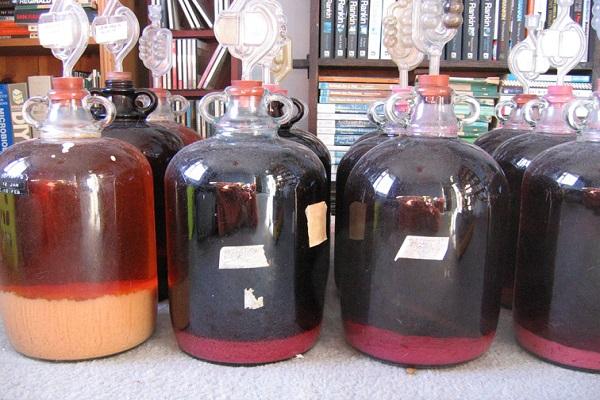
What is the difference between vigorous fermentation and quiet fermentation?
Vigorous and quiet fermentation differ from each other in the nature of the process, as well as in its duration. They represent two stages of the same process. Initially, a vigorous fermentation begins in the wine, which is characterized by the presence of a large amount of sugar and yeast, and abundant emission of carbon dioxide. The duration of this stage is up to 3 weeks, after which the reaction becomes less violent.
At the stage of quiet fermentation, carbon dioxide almost completely ceases to be released, there is little sugar in the wine, it brightens and becomes transparent. The drink is almost ready, but sometimes it takes more than one month before the procedure is completed. It is in this phase that the taste characteristics of the wine are formed.
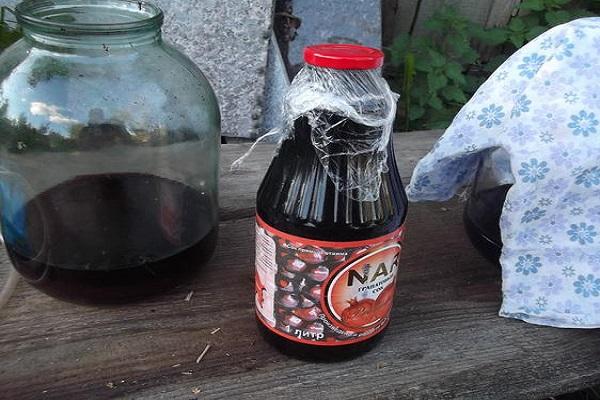
Do you need a water seal?
The odor trap plays an important role in the first stage of preparing a drink. Carbon dioxide escapes through it, and oxygen does not penetrate back. If there was no such device, the vessel could burst from excess pressure.
In the case when there is no water seal, winemakers use an ordinary rubber glove, in one of the fingers of which they pierce a hole with a needle. When the process of carbon dioxide evolution is complete and the glove falls off, it can be removed.

Optimum temperature
In the process of making wine, it is important to observe the temperature regime.If the temperature is too low, then fermentation stops. The same happens when the indicator exceeds +30 ° С. Sharp temperature jumps negatively affect the procedure. The optimal indicator is +15 - +20 ° С.
Process steps
Home-made wine goes through several stages of fermentation. The first of these is rough, which begins within a few hours after the preparation of the workpiece. It is characterized by intense bubbling, the formation of foam on the surface, the hiss of the escaping carbon dioxide. In this regard, it is recommended to fill the container with the blank by two thirds. This stage lasts about 1 week.
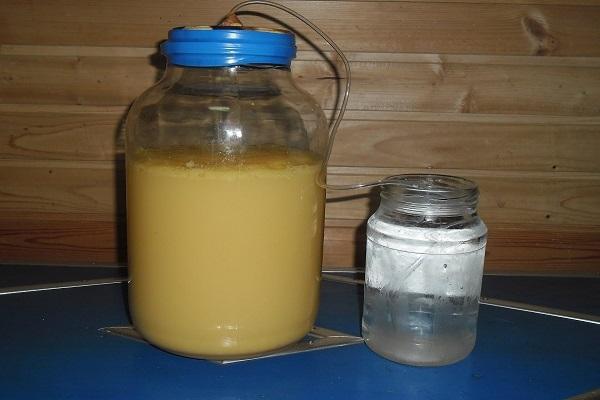
Secondary fermentation is also called quiet. It continues until the yeast has processed all the sugar. The completion date of this stage depends on its content. On average, the process stops in 1 month, but sometimes it takes longer. This can be determined by the complete cessation of the release of carbon dioxide. It is important not to miss this moment and not to overexpose the wine on the lees, so as not to spoil the taste of the final product.
How long does quiet wine fermentation take?
Several factors influence the duration of the quiet fermentation process:
- temperature;
- yeast used;
- the amount of sugar;
- used raw materials.
On average, the entire procedure takes 30 to 90 days. Of these, about 20 days are allotted for quiet. In some cases, this period is significantly extended.
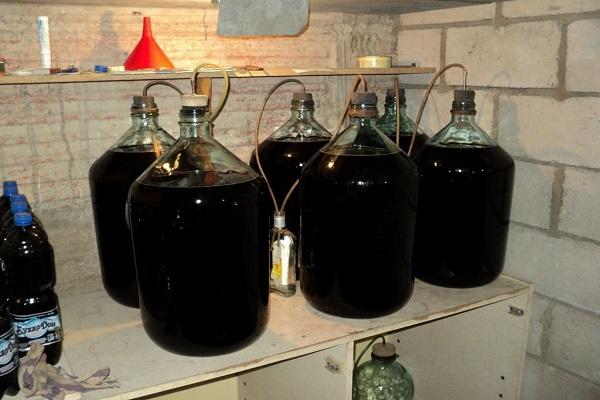
Possible problems
In the process of making homemade wine, winemakers have to face the following problems:
- damage to the water seal or tubes;
- violation of the temperature regime;
- high or low sugar content;
- insufficient activity of wild yeast.
It is important to timely detect and eliminate the cause in order to prevent spoilage of the drink. In the first case, the odor trap is recommended to be replaced or repaired with the help of available tools. If the temperature indicators do not match, the container with wine is transferred to a room with more comfortable conditions. The sugar content is measured using a special device - an ariometer. The yeast activity is increased by adding a new portion of wine sourdough or by throwing a few unwashed grapes or raisins into the drink.
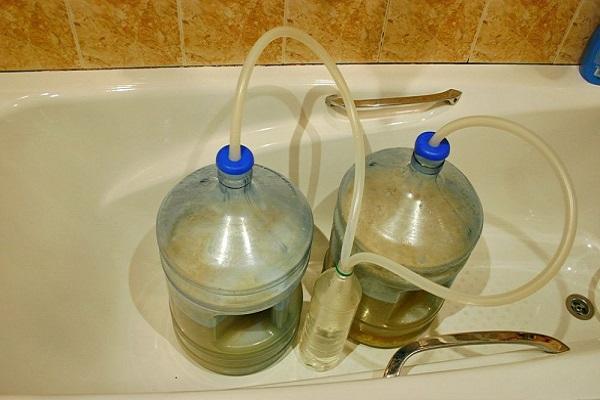
How to stop fermentation in finished wine
Microorganisms contained in young wine are able to resume activity at any time and provoke the resumption of fermentation processes. This is due to various factors, including temperature fluctuations. As a result, the drink loses its taste and even deteriorates. To prevent this, it is recommended to use the proven method of artificially stopping fermentation:
- cryostabilization;
- pasteurization;
- addition of alcohol.
Pasteurization is a heat treatment, the purpose of which is to destroy microorganisms and prevent the resumption of fermentation processes.
Cryostabilization is a similar procedure, only cold. At the same time, temperatures reach + 5-0 ° С. Prevent the process from restarting by adding vodka or alcohol to the wine. For each degree of drink add 2% vodka or 1% alcohol. It is undesirable to use this technique for those people who do not suit or do not like fortified wine.

